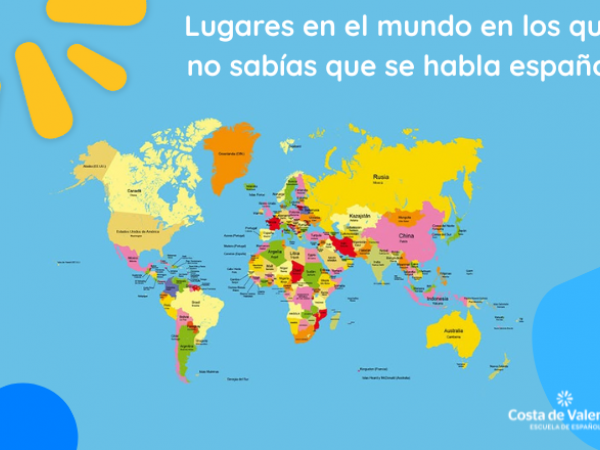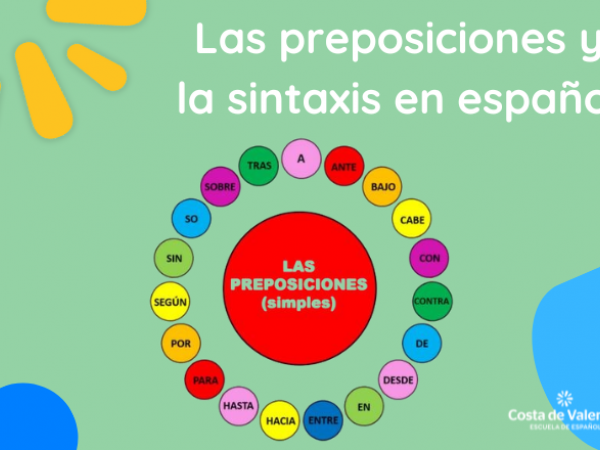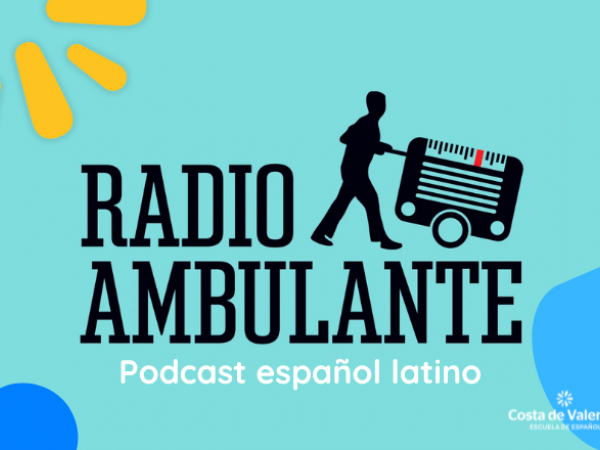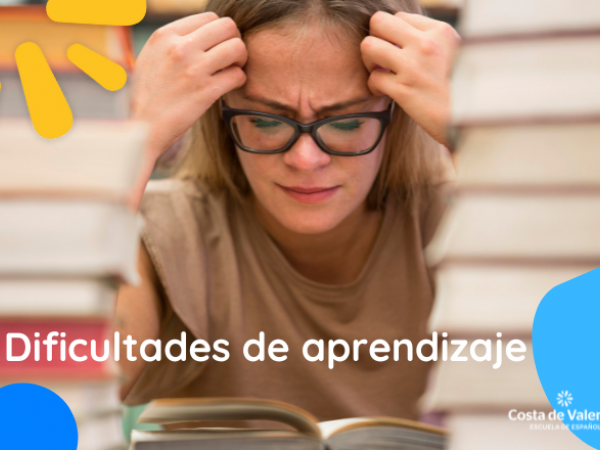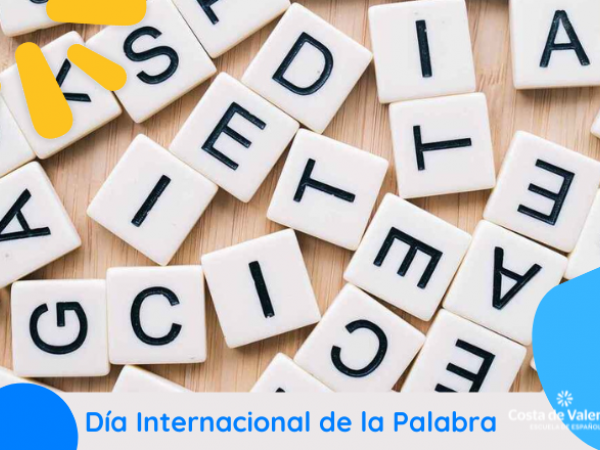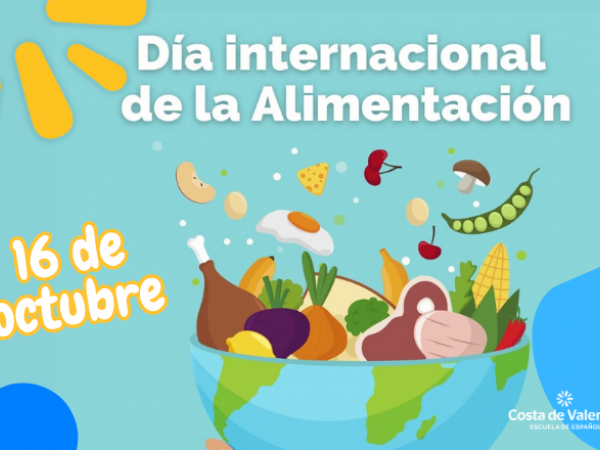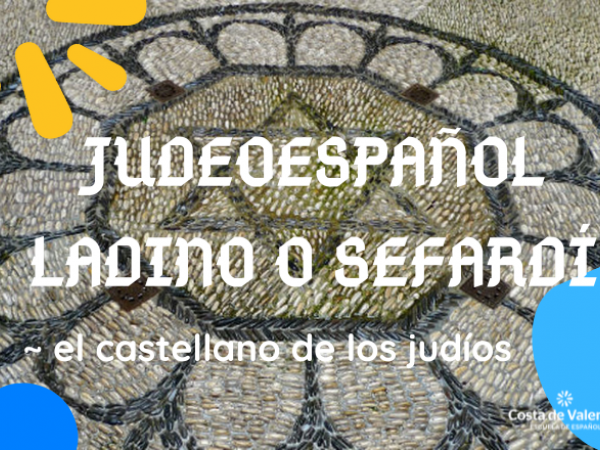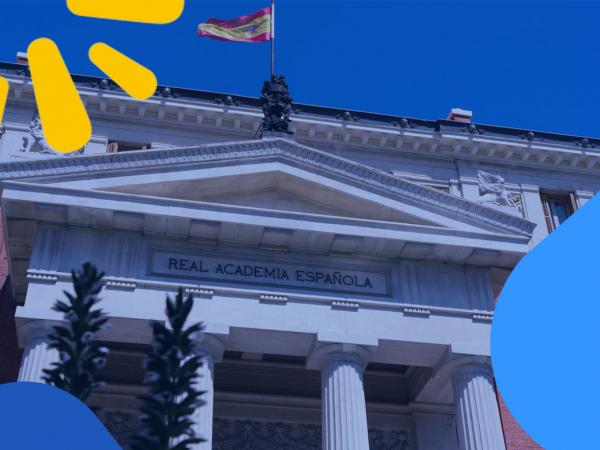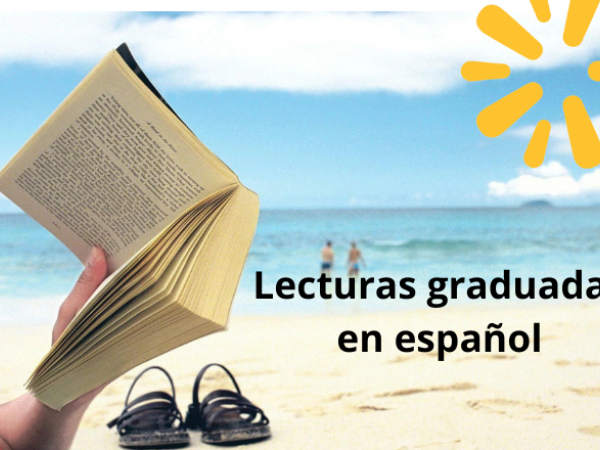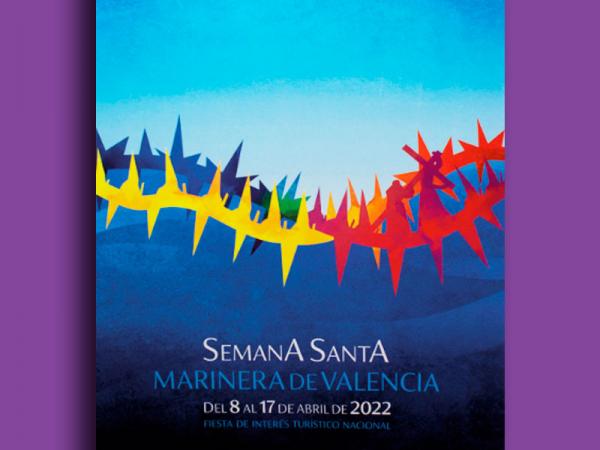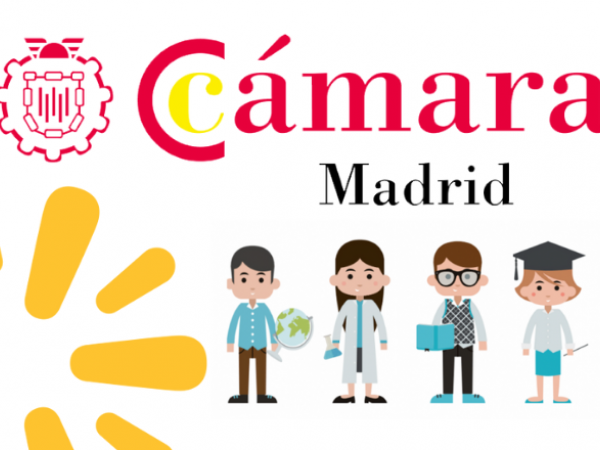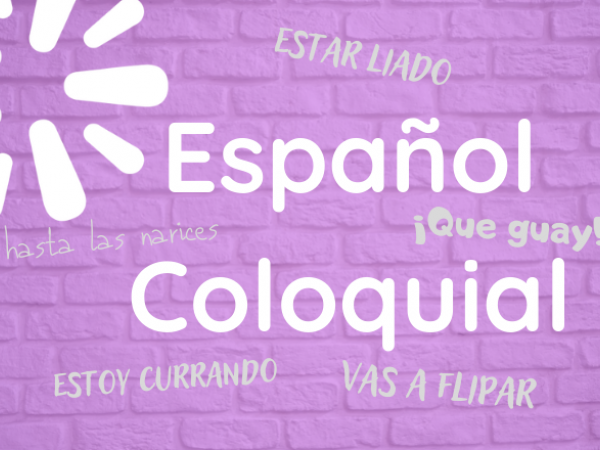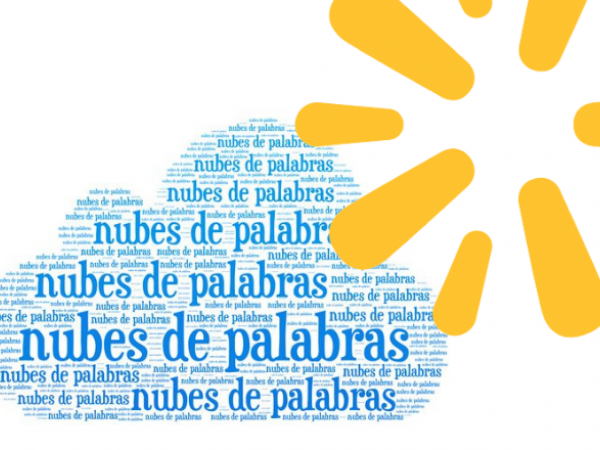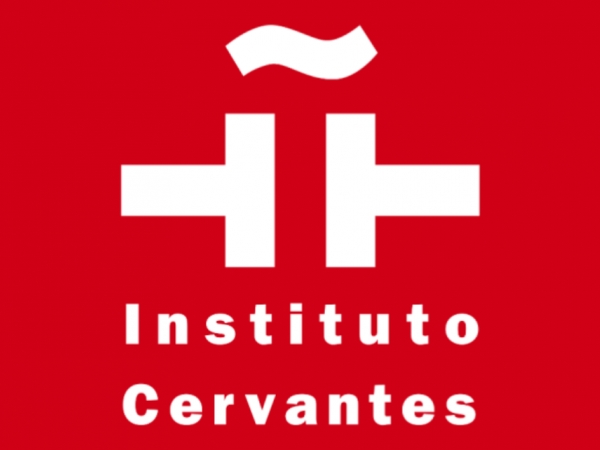Christmas gastronomy
Christmas gastronomy
We would like to take advantage of this last post of the year to wish you a Merry Christmas and to get you excited about the delicacies we eat in Spain at this time of year. Because Christmas is a time of the year when there is decoration, love, good intentions, etc., but, above all, there is food: company dinners, visits to grandparents' houses, meals with friends and a host of events that will lead us to end the year with a few extra kilos.
Spaniards are good eaters, of course, and at this time of year the most traditional treats are sweets. Let's take a look at the best known ones:
Polvorones
These are small sweets, traditionally made with lard, flour and sugar, which are present in almost every home at this time of year. Although the reason for the name is not clear, it is believed that it comes from the fact that when you put them in your mouth they fall apart and turn into powder. They are dry and heavy sweets, usually served with coffee or a sweet liqueur.
Nougat
This is the sweet par excellence, perhaps one of the first to come to mind when we think of Christmas. There are many varieties of nougat nowadays, chocolate, biscuit, pistachio, coconut, etc., although the "traditional one" is made with honey, sugar, almonds and egg white.
One of the best known, and which has its own designation of origin, is the turrón from Jijona, Alicante, made by hand, with natural ingredients and without preservatives.
Marzipan
This is another sweet made with almonds, which are kneaded with sugar and are usually presented in different shapes (marzipan figurines). This dessert, originally from Toledo, is often used as a base for the creation of other sweets; it can be filled with cream, angel hair or even dipped in chocolate.
Roscón de Reyes
We already talked about this sweet in another Christmas post. It is usually eaten on the night or on Three Kings' Day (5 and 6 January). It is a sweet, round-shaped pastry that is decorated with slices of candied fruit. Some are filled with whipped cream or custard, the more 'modern' ones also with truffle or chocolate.
The characteristic feature of this sweet is that it contains a small surprise or prize and a bean. Tradition has it that whoever gets the piece containing the bean must pay for the roscón, while whoever gets the prize is "king" for a day and everyone has to obey him.
Yolks of Santa Teresa
They are made only with egg yolk and sugar, and rounded by hand, one by one. Their origin is uncertain, although it seems that they were first marketed in Ávila in 1860 and have survived to the present day as a kind of trademark. They are the most identified and popular product in the province and their packaging - a box of 12 units with a characteristic hieroglyphic design - has become one more souvenir that tourists buy as a testimony of their visit to the Castilian city.
Peladillas
This candied almond is typical of the Valencian Community and, in addition to being a Christmas sweet, it is also offered as a gift to guests at christenings. The first peladillas factory was located in Alcoy (Alicante), which today, together with Casinos, in Valencia, is the most important in Spain. In Casinos, new varieties have been introduced, including different types of chocolate, and every last weekend in November the popular Feria del Dulce Artesano, Peladillas y Turrones is held there.
Alfajores
Typical of Murcian and Andalusian pastries, alfajores are made from a paste of almonds, walnuts and honey. You can find them in the shape of a cylinder or as a filling between wheat flour wafers and their name comes from the Spanish-Arabic "al-hasú", which means "the filling". In Murcia, hazelnuts, sugar, breadcrumbs, aniseed, cloves and cinnamon are added, while in Cádiz they are made with sesame seeds, cinnamon, coriander and matalaúva, and are eaten all year round.
The casca
We did not want to end this list without making special mention of a typical Valencian sweet that is not very well known: the casca. Unfortunately, its consumption was reduced when the consumption of the roscón de reyes became widespread and nowadays it is very localised.
Casca is a very special sweet, not so much for its ingredients, but for its presentation and the social ritual that accompanies it. It is a kind of marzipan that can be filled with candied sweet potato, candied egg yolk or pumpkin. Originally, more than five centuries ago, the casca was shaped like a ring. Later, the shape evolved to become animalised in the form of lizards or oxen, and can even take the shape of objects. However, it was the eel shape that became the most popular in the province of Valencia, perhaps because it is an animal that is very characteristic of La Albufera.
As we have said, its origin is very ancient. There are bibliographical references to this sweet in a text from 1460 by the Valencian writer Jaume Roig, in which the 'casquetera' is mentioned alongside the 'bunyolera' (who makes the famous 'buñuelos' typical of the 'fallas'). The first official recipe is found in Master Robert's Llibre de Coc (1520), in which macaroon almonds, fruit jam and honey were the main ingredients.
For centuries, 'casca' was the undisputed queen of Christmas festivities in the areas that today make up the Valencian Community. However, the birthplace of this sweet is usually located in the region of La Safor, and more specifically in Gandía, a town closely linked in the Middle Ages to nobility and royalty. The confectioners' guild in this region enjoyed great fame in Europe in the 15th and 16th centuries; they were specialists in the production of sweets which, owing to their high value, acquired the status of jewels.
Christmas tradition in Valencia required godparents to give their nephews and nieces a 'casca' on 6 January. In some families it was agreed that the bearers were the Three Wise Men; in these cases, grandmothers would bake the cascas secretly all night long to place them next to the toys. The shop windows of those days were decorated with shells of all colours and sizes and the excitement was great. Inside the box, the casca was accompanied by sugared almonds, chocolates, candied fruit and all kinds of sweets and the children received them to the sound of traditional songs and rondallas, written specifically in honour of this sweet. It was a bit like singing "Happy Birthday" in front of a cake with candles.
How is it possible that a sweet with such sentimental and traditional roots has ended up being reduced to a few villages? According to Xavier Benavent, coordinator of an interesting association called "Tasta'l d'ací" (Taste it here) dedicated to the recovery of Valencian taste memory, it all came down to a question of publicity.
"In the 1940s, the roscón de reyes arrived in Spain from the south of France, where it originated," explains Xavier. "Since then, it has been in direct competition with casca, as the consumption of both is associated with Three Kings' Day. The customers of these establishments had a high purchasing power and for them this kind of new buttery sweet was something very sophisticated and modern. So it was these upper classes who were the first to stop consuming cascas. This progressively increased until the beginning of the 21st century, when the roscón became a mainstream product due to huge advertising campaigns. In addition, production costs were reduced (at the expense of quality) to the point where we can find roscones in any supermarket at very low prices".
However, there are renowned confectioners in the city of Valencia, such as La Rosa de Jericó, which has never neglected the casca. Here we can still buy this sweet in both ring and eel form. Carlos Jericó, the current pastry chef at this bakery says that, although they have never stopped making this sweet, demand had been falling for a long time. However, he says that thanks to the work of associations such as "Tasta'l d'açí", albeit very timidly, a little more interest has begun to show.
Who knows? Maybe one day this tradition will be fully recovered and this sweet can be tasted in any Spanish supermarket and become internationally known. In the meantime, we leave you with your mouths watering and wish you all the best for the festive season.





